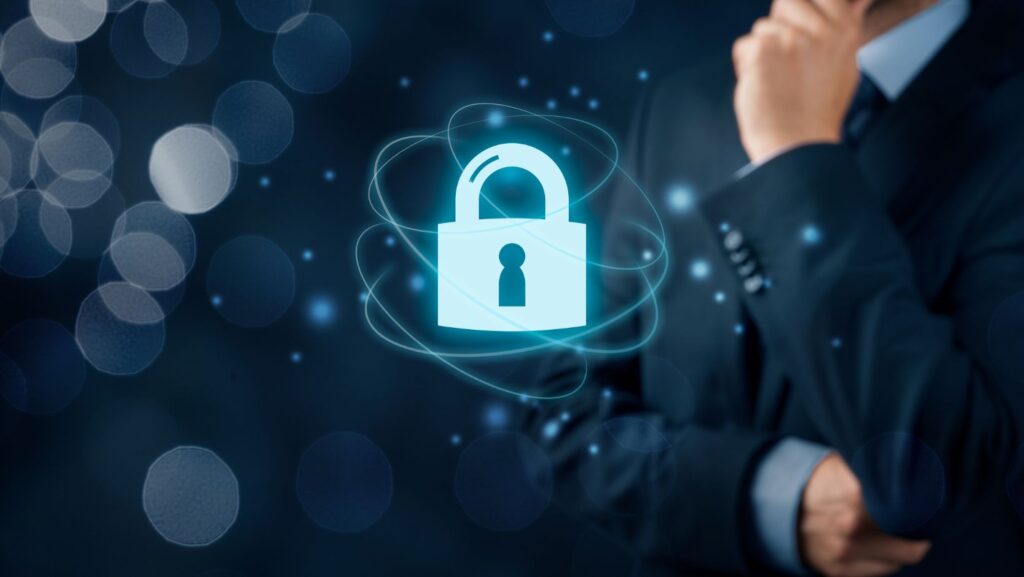In our digital age, the importance of cybersecurity best practices cannot be overstated. As we increasingly rely on technology for both personal and professional pursuits, it’s vital to safeguard sensitive information from potential threats.
Anyone with a digital footprint can become a victim of cybercrime. Whether you’re an individual protecting your personal data or a business securing customer information, you need solid cybersecurity measures in place. It’s all about minimizing vulnerabilities and enhancing defenses against would-be attackers.
Understanding and implementing cybersecurity best practices is no longer optional—it’s imperative. From using strong passwords to keeping systems updated, these steps ensure that you’re less likely to fall prey to cybersecurity threats. Armed with knowledge and vigilance, anyone can help create a safer digital world for everyone.
Cybersecurity Best Practices
Cybersecurity isn’t just for tech wizards anymore. It’s become a necessity for everyone surfing the web, managing online accounts, or handling sensitive data. So let’s dive into some of the best practices in cybersecurity that can help protect you from cyber threats.
The first step towards secure digital existence is understanding what you’re up against. Cyber threats come in many forms, such as phishing scams, ransomware attacks, and data breaches. Being aware of these threats helps you stay one step ahead. Regularly updating your knowledge about the latest cybersecurity trends and threats is a smart move.
In addition to staying informed, there are several proactive measures you can take:
- Regular software updates: Software providers often release updates to patch vulnerabilities that could be exploited by hackers.
- Strong password policies: Using complex and unique passwords for each account increases security.
- Two-factor authentication (2FA): This adds an extra layer of security when logging into accounts.
- Secure network connections: Avoid public Wi-Fi networks when possible due to their inherent lack of security.
- Monitor digital footprint: Utilizing tools like a digital footprint checker can help you monitor and manage your online presence, identifying potential vulnerabilities and ensuring your personal information remains secure.
Here’s a table showcasing some statistics about cybersecurity:
| Year | Number of Data Breaches | Records Exposed |
| 2018 | 1244 | 446.5 million |
| 2019 | 1001 | 147.3 million |
| 2020 | 1008 | 155.8 million |
These numbers highlight the increasing importance of implementing robust cybersecurity measures.
Another effective strategy is employee training in organizations where human error often leads to breaches. Training should cover how to identify suspicious emails or links and avoid clicking on them, among other things.
Finally, consider seeking professional help if needed – there are numerous cybersecurity firms offering services ranging from threat assessment to advanced protection solutions.
Remember, there’s no ‘one-size-fits-all’ approach in cybersecurity. It’s about finding what works best for you or your organization, and continually adapting to new threats. So, stay vigilant and make cybersecurity a priority.

Importance of Cybersecurity
In this digital age, cybersecurity isn’t just a buzzword anymore – it’s a necessity. The rise in technology usage has been accompanied by an increase in cyber threats, making cybersecurity best practices crucial for individuals and businesses alike.
Protecting Sensitive Data
One of the primary reasons why cybersecurity is so important is because it protects sensitive data. It’s no secret that organizations hold vast amounts of confidential information. From personal client details to internal communications, these bits of information are prime targets for malicious actors.
- A 2020 report from Risk Based Security revealed that there were over 36 billion records exposed through data breaches within the first half of the year.
- An IBM study found that on average, a single data breach can cost an organization $3.86 million.
The potential damage doesn’t stop at financial loss — reputations can be irreversibly tarnished when a company fails to protect its stakeholders’ information.

Preventing Cyber Attacks
Cybersecurity measures also play a critical role in preventing cyber attacks. Cyber criminals aren’t just targeting big businesses either; according to the Verizon 2020 Data Breach Investigations Report (DBIR), small businesses made up 28% of all cyber attacks last year.
Here’s how those numbers break down:
| Big Businesses | Small Businesses | |
| Percentage of All Cyber Attacks | 72% | 28% |
By adhering to cybersecurity best practices like keeping software updated and educating employees about phishing scams, companies can significantly reduce their risk exposure. Remember: prevention is always better than cure when it comes to security breaches.
From protecting sensitive data to preventing costly cyber attacks, the importance of robust cybersecurity cannot be overstated. As we continue further into this digital age, effective security measures will only become more essential – not less.

